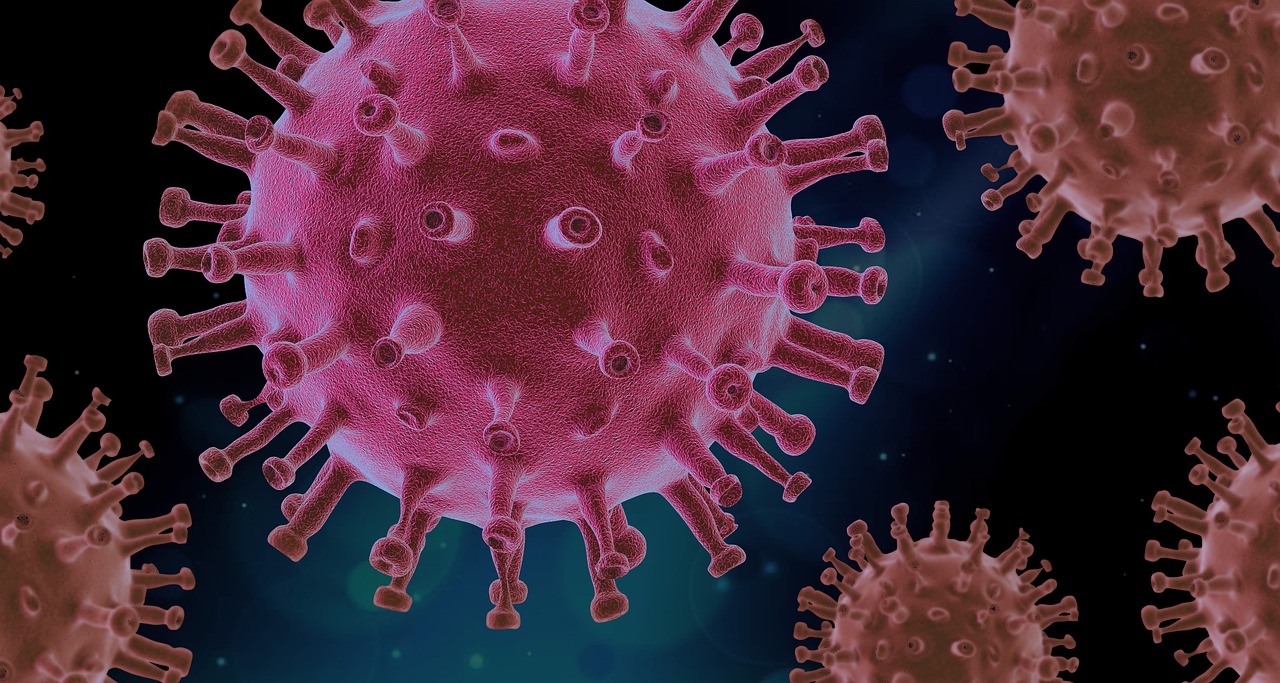The Covid-19 omicron variant is not letting up. The Centers for Disease Control and Prevention (CDC) confirmed on Wednesday that the nation’s first case of the highly contagious new strain was identified in California, meaning the U.S. has officially joined a list of 23 countries where omicron has been reported.
The S&P 500 fell 1.2 percent, erasing an early gain after the news that the variant had been detected in the United States. The Nasdaq composite lost 1.8 percent.
Shares of companies likely to be most affected by an increase in pandemic precautions were among the hardest hit. American Airlines fell 8 percent and was one of the worst performers in the S&P 500. United Airlines was down nearly as much, as were the cruise lines like Carnival and Norwegian.
Liz Young, chief investment strategist at SoFi said: “Investors are going to have to get used to the idea that this is not going to be the last variant, This is likely something that is with us for a while and we have to learn to live with it and manage growth from an investment standpoint.”
But since climbing out of its early 2020 collapse caused by the first wave of COVID-19, one hallmark of the stock market’s powerful run has been the continued motivation by bargain-hunting investors to buy following any dip in prices. That lasting habit helped the S&P 500-stock index set 66 all-time highs so far in 2021, the second-most on record for a year, according to S&P Dow Jones Indices.
On top of Omicron fears, investors continued to weigh comments from Jay Powell, Fed chair, who this week told Congress that the risk of higher inflation had increased. He has also signaled his support for a quicker reduction of stimulus measures the US central bank had put in place at the onset of the pandemic. That stimulus has been central to the stock market’s recovery since early 2020.
Investors and analysts have turned their attention back on the virus as they try to assess the myriad ways the concerning new iteration could undermine an often overlooked source of market confidence this year: the effectiveness of vaccines.
Now the markets face weeks of uncertainty and increased volatility as investors once again closely watch public health updates arriving hour by hour, analysts said.
![]()
